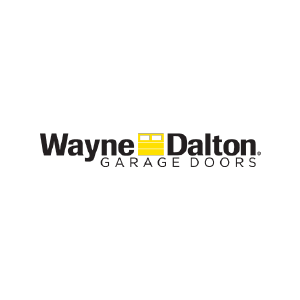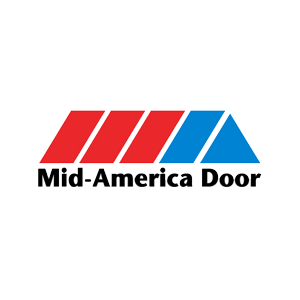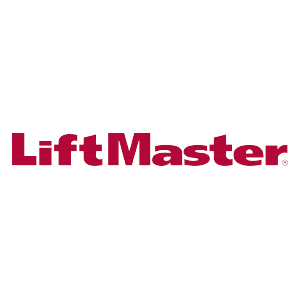Tracks Are Bent
The tracks will likely be damaged after a cable comes off because the garage door is forced to sit crookedly against them and the track has no choice but to bend outward. But sometimes, pre-existing bends in the track are the reason for the cable comes undone in the first place. Over many usages, especially with stripped metal rollers, a garage door track can become so fatigued that it may bend enough to open itself up wide enough for the rollers to come out on their own. The will cause the garage door to jam up on one side, which in turn causes the cable to come off.
Bad Rollers
Cheap nylon no ball-bearing rollers are the to for a majority of garage door problems; especially when a cable comes off. Old, stripped out ball-bearing rollers that are locked up and scratching can also be a dangerous drag on the garage. Again, when one side of the garage door is sticking worse than the other side, the cable will soon come out of its designed groove on the drum, and eventually off of the entire drum. This preventable issue is usually preceded by the squealing, whining sounds of friction that is also wearing on your garage door opener.
Not Enough Spring Tension
After the first year of installation, a new spring can lose up to 40 percent of its original torque. Without the correct amount of tension on the springs, not only does the remaining weight of the garage door begin to stress the garage door opener, but the garage door cables will not be held tight enough onto the drums. Usually with the garage door open, on one side or the other, when there isn’t enough tension on the springs there will be slack on the cable going around the drum. Soon the cable will inevitably come off the drum, which then causes the springs to only be lifting the other side of the garage door. This can result in a jammed garage door or even worse. The National Safety Council recommends having tension added back to your springs once a year. This may or may not be necessary throughout the life of your garage door spring, but is usually always necessary after the first year of their usage. You can always check the “balance” of your springs by pulling the red emergency release cord to your opener and lifting the garage door manually up around two or three feet from the ground. If gravity pulls the door back down or it feels heavy (even 15 pounds heavy), then it is because the springs have lost torque and need tension added back to them by a trained professional.
Hitting Something
One of the main reasons we stay available to serve our customers 24 hours a day, 7 days a week, is because accidents happen. And they rarely happen during convenient business hours. Keeping objects like brooms, rakes, wood, or anything of the like, next to the vertical track of your garage door is not a good idea. If the sensitivity adjustments inside your garage door opener aren’t adjusted perfectly to the feel of your garage door and your door hits something; the motor will push the other side of the garage door down just enough to allow the cable to come off, knocking the door off track. Another obstacle that tends to get into fights with garage door is hatchbacks of SUVS. Forgetting to close the hatch after unloading groceries and then pushing the garage door opener wall button is an easy mistake to make. Lots of people do this! One way to protect your garage door, opener, cars, pets, and kiddos is to schedule a tune up and safety check with us. We will get your garage door working smoothly enough to be able to set your garage door opener up to be sensitive enough to reverse when it accidentally hits something.












